What Is the Formula for Aluminum Oxide?
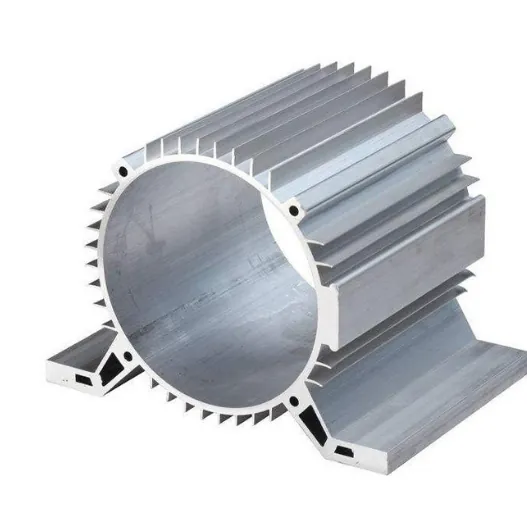
Many industries rely on aluminum oxide, but few know what it really is. Understanding its formula unlocks its power in manufacturing and product design.
The chemical formula for aluminum oxide is Al₂O₃, representing two aluminum atoms bonded with three oxygen atoms.
This simple formula stands behind a wide range of high-performance materials and applications—from electronics to abrasives.
How is aluminum oxide chemically represented?
Chemistry might seem abstract, but knowing formulas helps in practical ways—especially in sourcing or evaluating materials.
Aluminum oxide is represented by the formula Al₂O₃, indicating that each molecule contains two aluminum (Al) atoms and three oxygen (O) atoms.
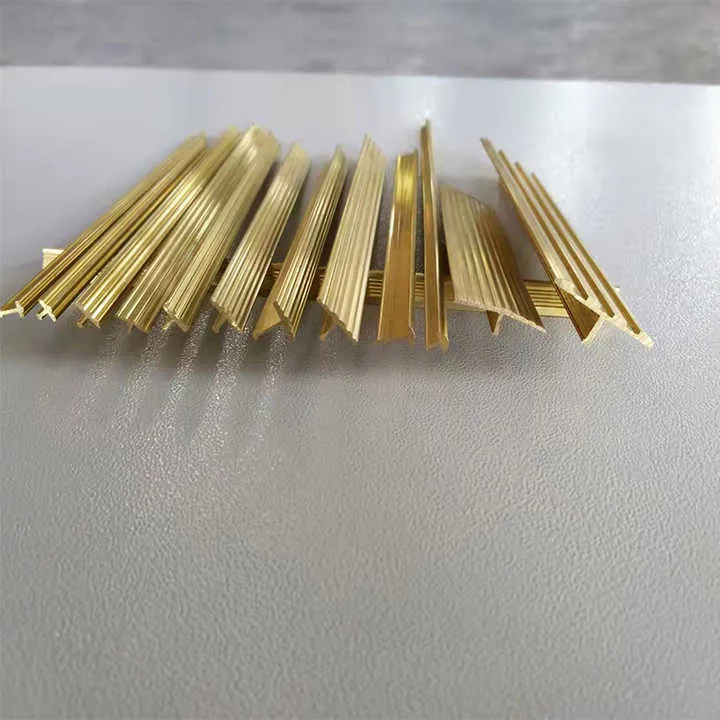
Understanding the Bond
Aluminum has a valency of +3. Oxygen has -2. To form a stable compound, two Al³⁺ ions bond with three O²⁻ ions. The result is Al₂O₃—a neutral, stable compound.
Here’s a breakdown of the charge balance:
| Ion | Charge | Count | Total Charge |
|---|---|---|---|
| Al³⁺ | +3 | 2 | +6 |
| O²⁻ | -2 | 3 | -6 |
| Sum | 0 (neutral) |
This chemical stability explains why aluminum oxide is so resistant to corrosion and chemical breakdown.
Crystal Structure
Aluminum oxide commonly appears in two forms:
- Alpha-Al₂O₃ (corundum): Hard, crystalline, used in abrasives.
- Gamma-Al₂O₃: Porous, used in catalysis.
Though the formula stays the same, the physical form changes based on heat treatment and application.
Al₂O₃ consists of two oxygen atoms and three aluminum atoms.False
The correct formula shows two aluminum atoms and three oxygen atoms.
Aluminum oxide is electrically neutral due to balanced ion charges.True
The total positive and negative charges cancel out in Al₂O₃.
Why is aluminum oxide formula important in products?
Materials aren’t just chosen for appearance—they’re chosen for chemical properties.
The formula Al₂O₃ determines aluminum oxide’s physical and chemical traits, making it essential in selecting it for abrasion, insulation, or catalyst roles.
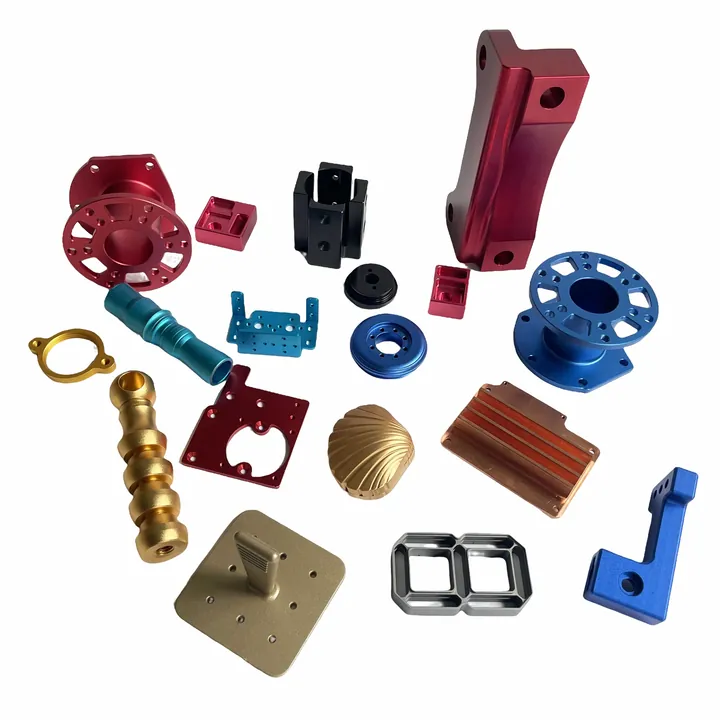
High Melting Point
Because of its strong ionic bonds, Al₂O₃ has a melting point over 2000°C. That’s why it’s used in:
- Furnace linings
- High-temperature insulation
- Ceramics
Electrical Insulation
Despite being made from a metal, Al₂O₃ doesn’t conduct electricity. This makes it ideal for:
- Circuit board substrates
- Electronic packaging
- Spark plug insulators
Chemical Inertness
It resists acids and bases, which means:
- No corrosion
- Long life in harsh environments
- Safe for use in medical and food-grade tools
| Property | Result | Industrial Impact |
|---|---|---|
| High Hardness | Scratch-resistant | Abrasives, wear parts |
| Thermal Stability | Resists heat >2000°C | Kilns, crucibles |
| Electrical Resist | Non-conductive | Electronics, power modules |
| Chemical Stable | Non-reactive | Medical and filtration systems |
Al₂O₃ conducts electricity like most metals.False
Aluminum oxide is an electrical insulator despite being derived from metal.
The chemical formula of Al₂O₃ gives it high melting point and corrosion resistance.True
Its ionic structure leads to thermal and chemical stability.
Does formula differ for hydrated forms?
We often see “aluminum oxide” in products, but some contain water. Is that still Al₂O₃?
Yes, hydrated forms of aluminum oxide have modified formulas, such as Al(OH)₃ or AlO(OH), which include water or hydroxide groups alongside the base Al₂O₃ structure.
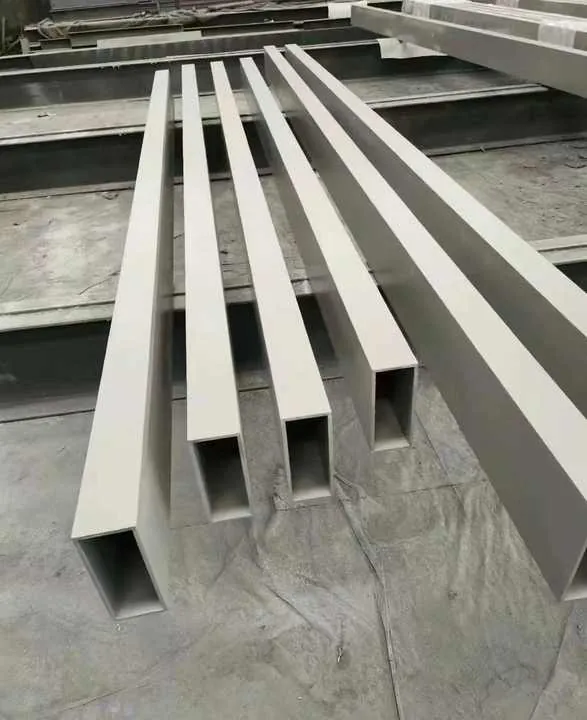
Common Hydrated Forms
There are three main types:
- Bauxite (raw ore): Mostly Al(OH)₃
- Boehmite: AlO(OH)
- Gibbsite: Al(OH)₃
These compounds contain water, either loosely bound or as hydroxide ions. When heated, they lose water and convert to pure Al₂O₃.
Dehydration Process
Industries often heat these hydrated forms to 1000°C+ to extract pure Al₂O₃. This is part of the Bayer Process used in aluminum production.
Why It Matters
If you’re choosing a material for high-temperature applications, make sure it’s fully converted to Al₂O₃. Hydrated forms can’t handle heat or chemical exposure as well.
| Form | Formula | Water Content | Application |
|---|---|---|---|
| Gibbsite | Al(OH)₃ | High | Raw material for Al₂O₃ |
| Boehmite | AlO(OH) | Medium | Ceramics, catalysis |
| Aluminum Oxide | Al₂O₃ | None | Abrasives, refractories |
Hydrated aluminum oxides contain hydroxide or water molecules in their structure.True
They differ from pure Al₂O₃ by including OH⁻ or H₂O groups.
Al(OH)₃ is the formula for pure, anhydrous aluminum oxide.False
Al(OH)₃ is a hydrated form, not the pure oxide.
Where is aluminum oxide commonly used?
Aluminum oxide appears everywhere—even if you don’t see it.
Aluminum oxide is used in abrasives, electronics, ceramics, coatings, and even dental materials due to its hardness, thermal resistance, and inertness.
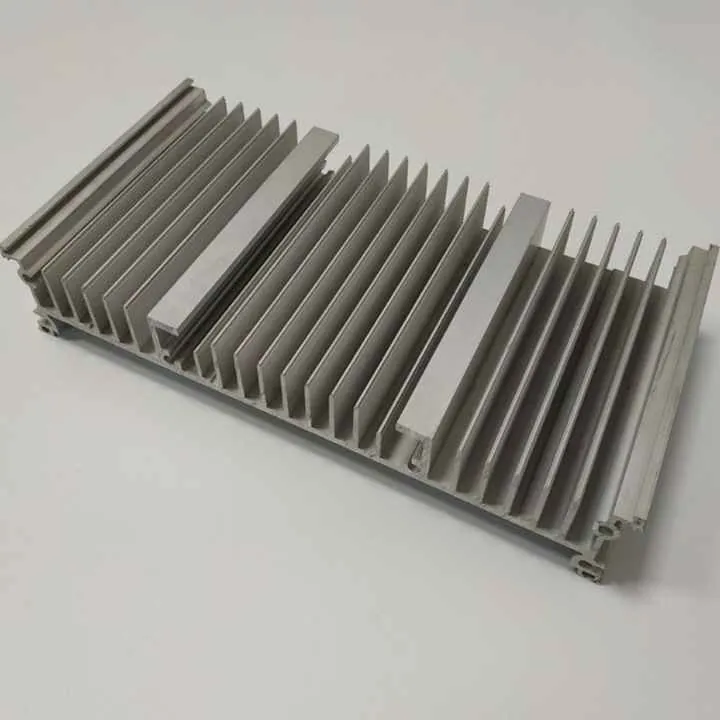
Industrial Applications
- Abrasives: Sandpaper, grinding wheels
- Refractories: Furnace linings
- Ceramics: Labware, filters
- Electronics: Insulators, chip substrates
Consumer Products
- Toothpaste: Mild abrasive
- Cosmetics: Polish agent
- Coatings: Anti-scratch layers
Medical and Aerospace
Because it doesn’t react with body fluids, Al₂O₃ is used in:
- Bone implants
- Dental crowns
- Aircraft parts
Here’s a quick reference:
| Sector | Use Case | Benefit |
|---|---|---|
| Manufacturing | Abrasive belts, cutting tools | Hardness, durability |
| Electronics | Substrate, insulator | Electrical resistance |
| Healthcare | Dental tools, implants | Biocompatibility, non-reactive |
| Automotive | Brake pads, spark plugs | Heat resistance, strength |
Aluminum oxide is used in toothpastes and dental products for its hardness.True
Its mild abrasiveness helps polish without damaging enamel.
Aluminum oxide is too reactive to be used in medical implants.False
Its chemical stability makes it ideal for safe, long-term use in the body.
Conclusion
Aluminum oxide’s formula—Al₂O₃—holds the key to its many uses. Its simple chemistry translates into powerful performance across industries. Whether pure or hydrated, its structure delivers strength, insulation, and resilience.



